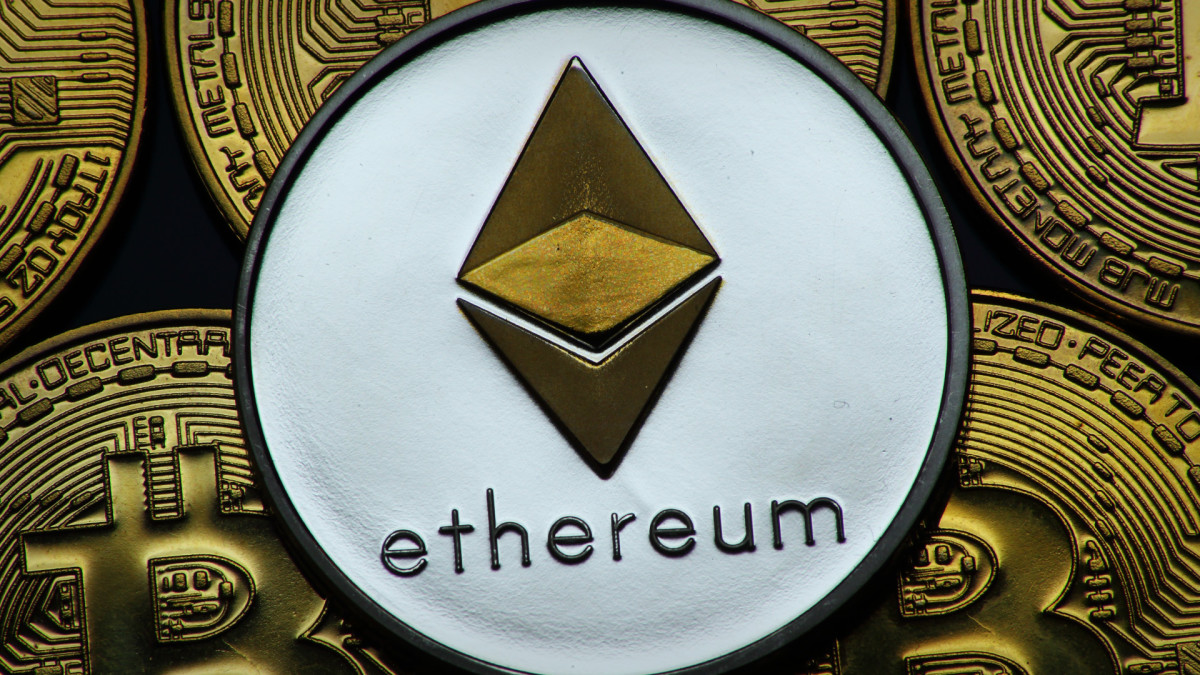The crypto industry finally has something to help it forget about the difficult first seven months of the year.
In a few weeks, the crypto industry will experience what some are calling an critical moment: The ethereum platform, the most ambitious ecosystem — even compared with its main rival, bitcoin — will undergo a major update, which in turn will have a big impact on the entire sector.
This software update, called the Merge, will probably take place on Sept. 15, Vitalik Buterin, one of the co-founders of ethereum, tweeted on Aug. 12.
"The merge will happen around Sep 15," Buterin says, but he cautioned that the date might still move due to technical events.
The excitement around the Merge has contributed to the strong rebound in ether, the native token of the ethereum ecosystem.
Ether is up nearly 18% in the past seven days to $1,897.29 at last check, according to data firm CoinGecko. By comparison, bitcoin is up 5.5% to $23,932.21.
The date comes after developers conducted their latest test, on Aug. 10. This test, known in the industry as the Goerli merge test, passed without major incident, only a few small problems. Many developers followed the test live via live parties broadcast on YouTube.
These live parties are proof of the importance of this update, which has been in the pipeline for many years. It has been postponed several times but the developers seem convinced that the time is right.
The Merge is expected to reduce ethereum's energy consumption, lower transaction fees (also known as gas fees), and make operations easier and more fluid.
Thousands of projects and millions of investors are relying heavily on the Merge because ethereum is the house, for example, for more than 3,000 decentralized apps, from games to trading, including loans.
On ethereum we have seen various trends emerge, such as initial coin offerings, decentralized finance (DeFi), nonfungible tokens (NFTs) and, more recently, the metaverse.
Ethereum has also enabled the emergence of smart contracts, which means that there is no human intervention in a transaction between parties. Everything is managed by mathematical codes.
But network performance has been unable to keep up with growing demand. Thus for several months ethereum has seen significant congestion, prompting, among other things, a sharp increase in fees on the network.
Exclusive newsletter delivered to your inbox daily covering important investing topics pulled from TheStreet’s premium content.
The developers have worked on several efforts to improve the network's performance, enabling it to process more transactions without weakening the user experience.
These changes have long been grouped under the name ethereum 2.0.
The main changes are the passage from proof-of-work to proof-of-stake, and the deployment of sharding, a solution aimed at splitting the network into several subnets, in order to increase its processing capacity.
Proof-of-work is a mechanism for validating transactions. It asks participants to perform complex calculations in return for the chance to validate a set of transactions and add them to the blockchain. For that effort, those participants will earn a certain amount of cryptocurrency.
The work is to guess, as accurately as possible, a unique 64-character alphanumeric string. This work used to be done by amateurs, but the processing power required to execute the effort increases over time. So this so-called mining process is now reserved for specialized companies and organizations — meaning those who can afford to buy the necessary hardware and the power to run it.
Proof-of-work consensus mechanisms such as bitcoin have come under harsh criticism because the related hardware uses enormous amounts of power.
Proof-of-stake asks participants to put up their own money for the chance to validate transactions and add a block to a blockchain, rather than performing complex calculations.
The more cryptocurrencies a person stakes, the more likely they are to be chosen to complete a block of transactions on a blockchain and earn a set amount of coins.
Not requiring powerful hardware, proof-of-stake is considered a greener consensus mechanism than proof-of-work.
Ethereum "will use at least ~99.95% less energy post merge," said the Ethereum Foundation.
The Merge aims to connect the application part of ethereum as we know it, namely the entire application ecosystem (Ethereum 1.0), to the new consensus mechanism of proof-of-stake (Ethereum 2.0).
As a reminder, this consensus layer was deployed in December 2020, via the launch of the beacon chain.
Ethereum will become Ethereum 1.0 (execution layer) plus Ethereum 2.0 (consensus layer) combined.
Author
Administraroot

